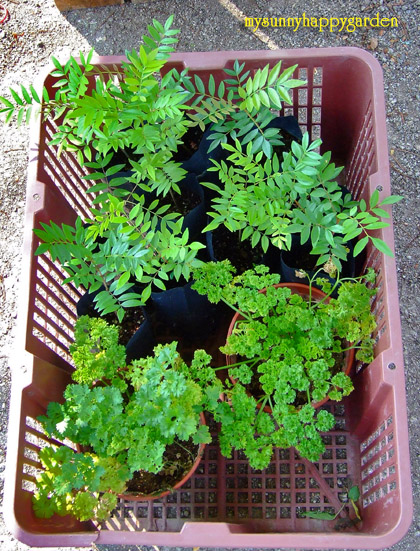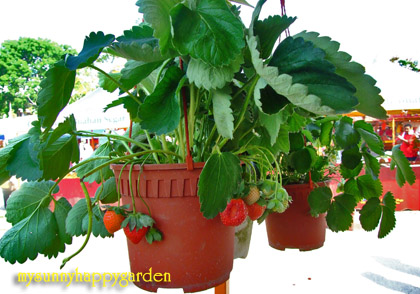Have any of you been to Pasar Tani Shah Alam (Shah Alam Farmers' Market)?
This market is held on every Sunday at the car park of Stadium Malawati in Shah Alam. It is located just opposite Tesco Extra or nearby to Giant Hypermarkets. It attracts many visitors as it has many kind of stalls to cater to variety of interests e.g. gardening, reading, clothing, toys, car, antiques, food and even fresh fruits and vegies from the farms.
Located at the Stadium Malawati's carpark.

The farmers market is one of my favourite place to hunt for gardening items, such as fertilizer, soils, herbs, flowers, plants or even consultation!!
My favourite section is the gardening stalls.
Flowering plants are also available.

Orchids are in abundance. Small orchid seedlings can be bought as cheap as RM2 each.

This is Pakcik Nazri who is very knowledgeable and generous in sharing tips on gardening & fertilizing. He even has reference books to explain details to his customers.

Pakcik Nazri sells many kinds of herbs at his stall. One of them is daun kaduk.

Rosemary, Sage, Kaffir Lime & Mint

Various kind of Basils are also available.

Curry leaf & parsley

Strawberry plant for sale


I bought a pot of Chempaka plant at RM10 only.
I love the strong, sweet fragrant of this flower.

Compost soil is also available for purchase.

Seedlings of various vegetables, such as chilli, brinjal, lady fingers, tomatoes and etc.














































